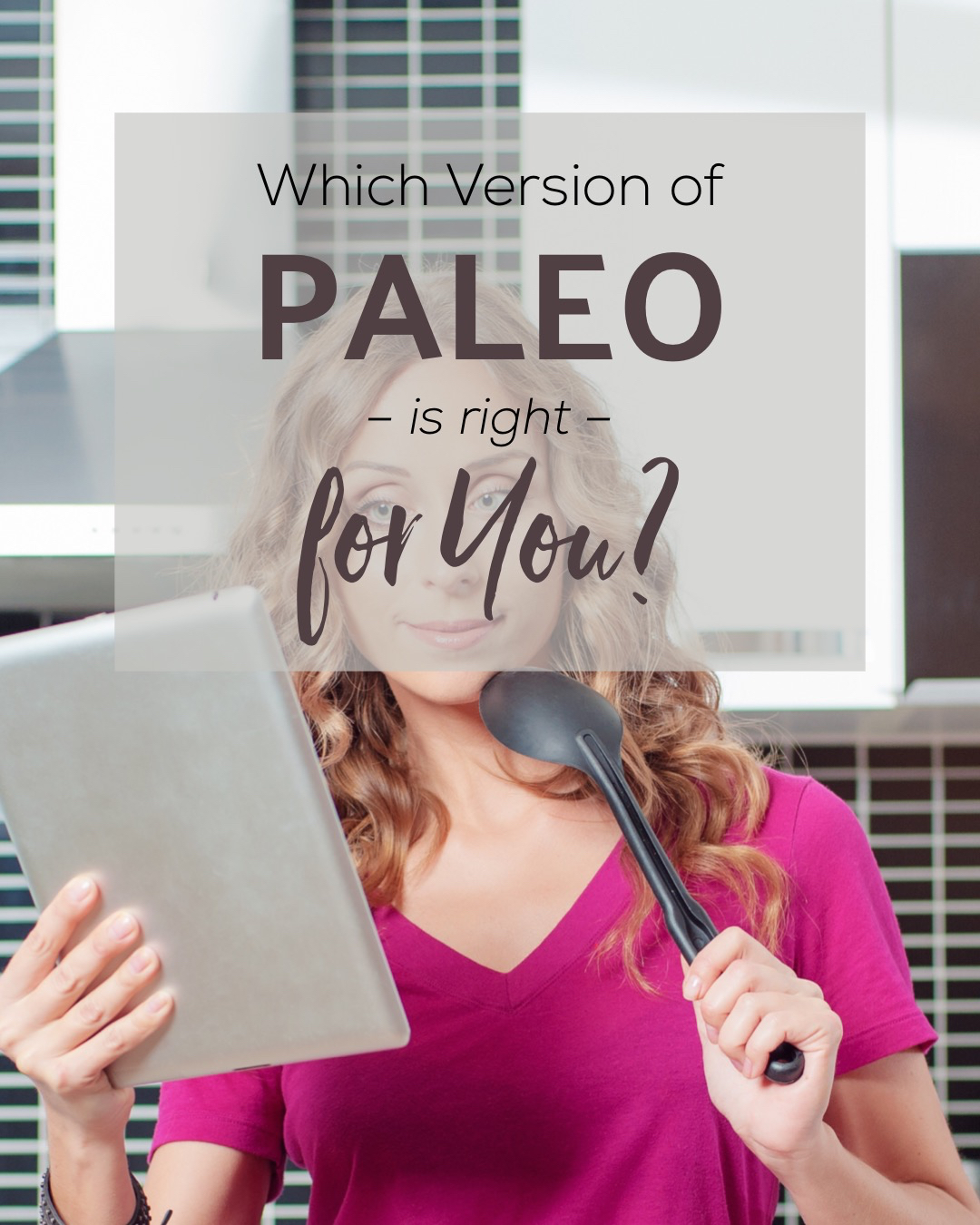Glutathione and autism made headlines a while ago with the publication of a research study by Dr. S. Jill James showing that children with autism have impaired antioxidant defense due to low glutathione levels.
Dr. James also connected autism, depression and Alzheimer’s.
James’ investigation has additional implications for those with autism spectrum disorders: a severe deficiency in glutathione means poor ability to detoxify environmental toxins, particularly mercury.
This can explain why some youngsters are more susceptible to neurological damage from the mercury-containing preservative, thimerosal and other poisons.
What Is Glutathione?
Glutathione (GSH) is a peptide composed of strings of amino acids, the basic building blocks of protein. Glutathione is made up of three amino acids: cysteine, glycine and glutamic acid.
GSH is in a class of molecules called antioxidants, whose primary job is to alleviate oxidative stress. The antioxidant part of GSH comes from the sulfur section of the L-cysteine. In chemistry, the electron donating sulfur group (-SH) is called thiol.
To detoxify mercury, arsenic, lead and cadmium, GSH provides a thiol group that binds to metals and other poisons. The body then excretes a metal-cysteine mixture.
If not enough glutathione (or another antioxidant) is available, heavy metals and toxins are stored in fat tissue. The brain, nervous system, breasts and prostate are mostly fat, and therefore become receptacles for environmental poisons.
Thus, the increase in autism incidence may have an environmental connection to the increase in breast and prostate cancer.
Glutathione Delivery Options
Dr. James and others speculated that increasing GSH levels would help brain development for those on the autistic spectrum.
Raising GSH levels is not a simple matter of eating more food with GSH. Researchers have found that about half of the body’s glutathione comes from the diet, mainly fruits and vegetables.
The rest is made from the amino acid methionine, which is converted to cysteine, the most important component of GSH.
Giving GSH directly as a supplement by mouth does not consistently help raise glutathione levels because it is negatively affected by digestion.
When using GSH as a skin cream, it is difficult to gauge how much is actually being absorbed. IV GSH is successful and expensive; using needles with children who have sensory problems can be challenging.
LipoCeutical Glutathione™, available without prescription from Wellness Pharmacy (800-227-2627), is an attempt to deliver GSH is a fat-soluble form.
In this form, GSH is encased in tiny fat droplets called liposomes. Preliminary studies suggest that liposomes optimize absorption by protecting the GSH from oxidation.
Give ¼ tsp. twice daily per 30 pounds of body weight, always starting with a smaller dose in sensitive children.
Building Glutathione from the Inside Out
Another way to increase glutathione is to provide the body with the raw materials and cofactors to make and maintain it. N-acetyl-cysteine (NAC) is the basic amino acid needed to create GSH. Using methionine is an option that requires more steps as well as other nutrients to convert methionine to NAC.
The cofactors for incorporating cysteine into GSH are vitamin B-12, folinic acid and TMG. Vitamin B 12 is best delivered in methylated form by injection. The body can then produce more glutathione and absorb it better.
Once the body produces GSH, it only works as an antioxidant in its active form, confusingly referred to as reduced-L-glutathione (GSH).
When GSH gives away its electron, it becomes inactive oxidized glutathione (GSSG).
Vitamin C converts the inactive oxidized GSSG back to its active version.
Therefore, NAC, vitamin B-12, folinic acid, TMG and vitamin C are all important nutrients for increasing and maintaining healthy glutathione levels.
Precautions
Adding B-vitamins, vitamin C, NAC and/or LipoCeutical Glutathione™ can strengthen GSH status; they may also cause irritability. Because the nutrients are non-toxic, any agitation usually subsides quickly when they are discontinued.
Food supplements are generally safe; they should be added one at a time while monitoring reactions. All of them are necessary to build and maintain GSH, but some youngsters need more of one than another.
Enhancing glutathione status is an exciting new way of improving detoxification. Increased language and relatedness appear to be positive results. Work with your health care practitioner to get the right delivery system for your child.











